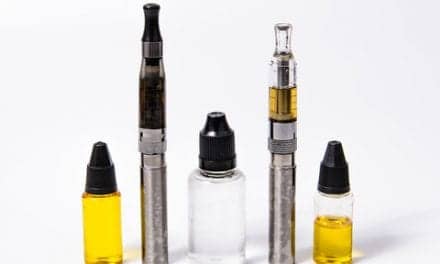Banning tobacco sales within 1,000 feet of schools could reduce socioeconomic and racial/ethnic disparities in tobacco density across neighborhoods, according to new data.
Researchers tested the potential impact of a policy banning tobacco sales near schools in the states of New York and Missouri, and results indicate that such a ban would either reduce or eliminate existing disparities in tobacco retailer density by income level and by proportion of African American residents.
Currently, there are notable disparities in the number and density of tobacco retailers in the country by race and income, with more tobacco retailers in areas with lower incomes and greater proportions of African American and Hispanic residents. A high proportion of retailers located in these areas were in urban areas, which also have stores located in closer proximity to schools.
If policymakers implement a ban on tobacco product sales within 1,000 feet of schools, the existing disparities would effectively be eliminated.
While the study was a test of how this policy would impact retail density and it did not test the impact of such a policy on actual tobacco use, the results suggest possible health benefits to low-income communities. Policies banning tobacco product sales near schools appear to hold great promise for reducing tobacco-related disparities at the point of sale. Local communities across the United States are starting to pass and implement bans on tobacco sales near schools.










